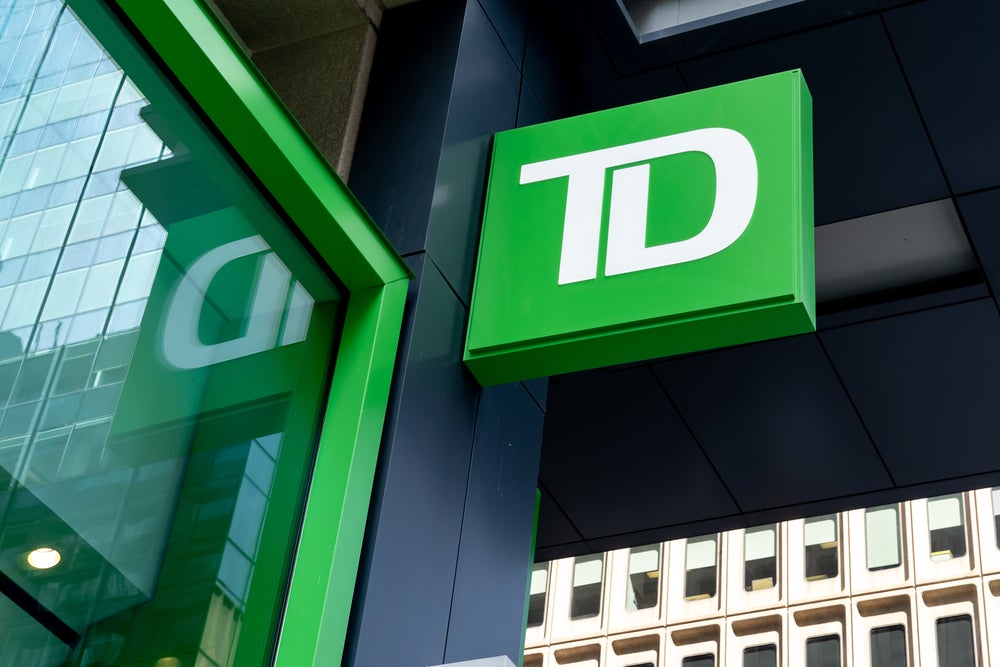Being India’s
second-largest public sector lender, Punjab National Bank is one of
the most consistent and profitable banks in India. General manager
for retail deposits at PNB, SP Sharma, discusses PNB’s retail
business and why it is an important part of the lender’s overall
operations with Meghna
Mukerjee.
 It is the
It is the
second-largest lender in India by branches, and retail operations
constitute a crucial part of the Punjab National Bank’s (PNB)
operations.
“Over the last two to three years,
our retail portfolio is showing an annual growth of almost 20%,”
PNB general manager for retail deposits SP Sharma tells
RBI.
Introducing new offers to the PNB
retail loan book is one of the lender’s priorities for 2011 and it
will continue to be high on the lenders agenda. In October, PNB
launched a new offer on its car-loan scheme that would enable car
financing up to 100%, and a concession of 0.25% on the rate of
interest.
“In October we launched what we
call a ‘Monsoon Dhamaka’ scheme in case of vehicle advance, by
offering customers 100% car finance” says Sharma. “We made a small
tweaking to our existing car loan scheme and came up with ‘Monsoon
Dhamaka’.
How well do you really know your competitors?
Access the most comprehensive Company Profiles on the market, powered by GlobalData. Save hours of research. Gain competitive edge.

Thank you!
Your download email will arrive shortly
Not ready to buy yet? Download a free sample
We are confident about the unique quality of our Company Profiles. However, we want you to make the most beneficial decision for your business, so we offer a free sample that you can download by submitting the below form
By GlobalData“Mostly all the banks in India –
including us in the past – offer up to 85% of the price of the
vehicle on the road. That includes insurance costs and assurance
costs.
“But by introducing the new
‘Monsoon Dhamaka’ scheme, the customer gets 100% vehicle financing
at the showroom itself. It is to the advantage of the borrower and
that gave us very good business.
“In the last couple of months we
have financed more than 10,000 vehicles, and that has been a big
success for us,” adds Sharma.
PNB offers nine loan schemes all in
all, out of which the major segment is dominated by home loans.
Sharma says about 50% of the entire
loan portfolio comprises of housing loans. Approximately 25% is
made up of vehicle loans, and the balance consists of all the other
loans.
“Home loans are the most secure
option among all lending schemes that PNB offers,” according to
Sharma, as “the real estate prices in India always go up and it is
comparatively risk-free”.
“There may be temporary set backs
here and there but home loans is one of the safest lending
options,” adds Sharma.
Some of the other loan schemes that
PNB offers are car loans, education loans, personal loans and even
gold loans.
Retail loans and related products
were not common in India even 20 years ago, but now form an
integral part of the Indian banking market.
Explains Sharma: “Retail loans were
never a part of the Indian banks’ schemes. Only foreign banks, such
as Citi, used to offer loans to consumers in India. Loans are a
relatively recent phenomenon in India that has gained popularity in
the last 15 years, let us say.”
Private sector banks in India have
been “very aggressive” with their loan books, but in the public
sector, banks have only lately realised the full potential and
advantages of retail products, says Sharma.
“Returns on the retail side are
much higher since an individual is not in a position to bargain and
it is all market related. So it is advantageous for banks to be
aggressive with retail products,” adds Sharma.
Sharma further adds that the
numbers are strong on the retail side in general because “India has
a great population and a strong middle class”.
“In the corporate banking sector
there are complications with the real estate, power sector,
textile, aviation, agriculture and several other sectors,” Sharma
says. “Although there is pressure and competition in retail
banking, it is still growing considerably every year.”
Compared to all the private banks
in India, lenders in the public sector are at an advantage,
according to Sharma, because they have cheaper funds.
“In the public sector our managers
are very competent,” says Sharma.
“Private sector banks would be good
in marketing and how they deal with hidden costs, but with public
sector banks there is a transparency – what I say is what I mean.
And that is the same in the case of PNB.”
PNB’s line of thought, says Sharma,
is “very focused on one particular segment” at a time, and the
lender launched several savings campaigns throughout 2011, such as
a ‘saving fund campaign’ from 1 August to 30 September.
With online and mobile banking
becoming increasingly popular, several public sector lenders have
launched mobile banking services in India.
India’s largest lender, State Bank
of India, has an active and advanced mobile banking platform,
alongside its online banking offerings. PNB has also added both
online and mobile banking services to its offerings, but these
digital channels are not strong priorities for the bank yet.
Says Sharma: “They [online and
mobile banking options] perhaps do not cover the entire set up of
the banking services yet.
“PNB is very IT savvy, but when you
look at things in the Indian scenario, the customer may not also be
very comfortable using technological channels. Customers may be
more comfortable interacting one to one, by visiting branches.”
However, PNB is keen on tapping in
a larger number of young users, as the general perception of the
PNB customer and employee profiles mostly belong to the older
age-bracket.
“PNB is trying to change that
perception by getting new, young customers – by going in to schools
and colleges,” says Sharma.
“There is a lot of consumerism
among the youth today, so we do try to lure this segment with our
products such as cars loans that are of direct interest to
them.”
PNB has 5,400 branches across India, and is only behind SBI in
its branch network.





